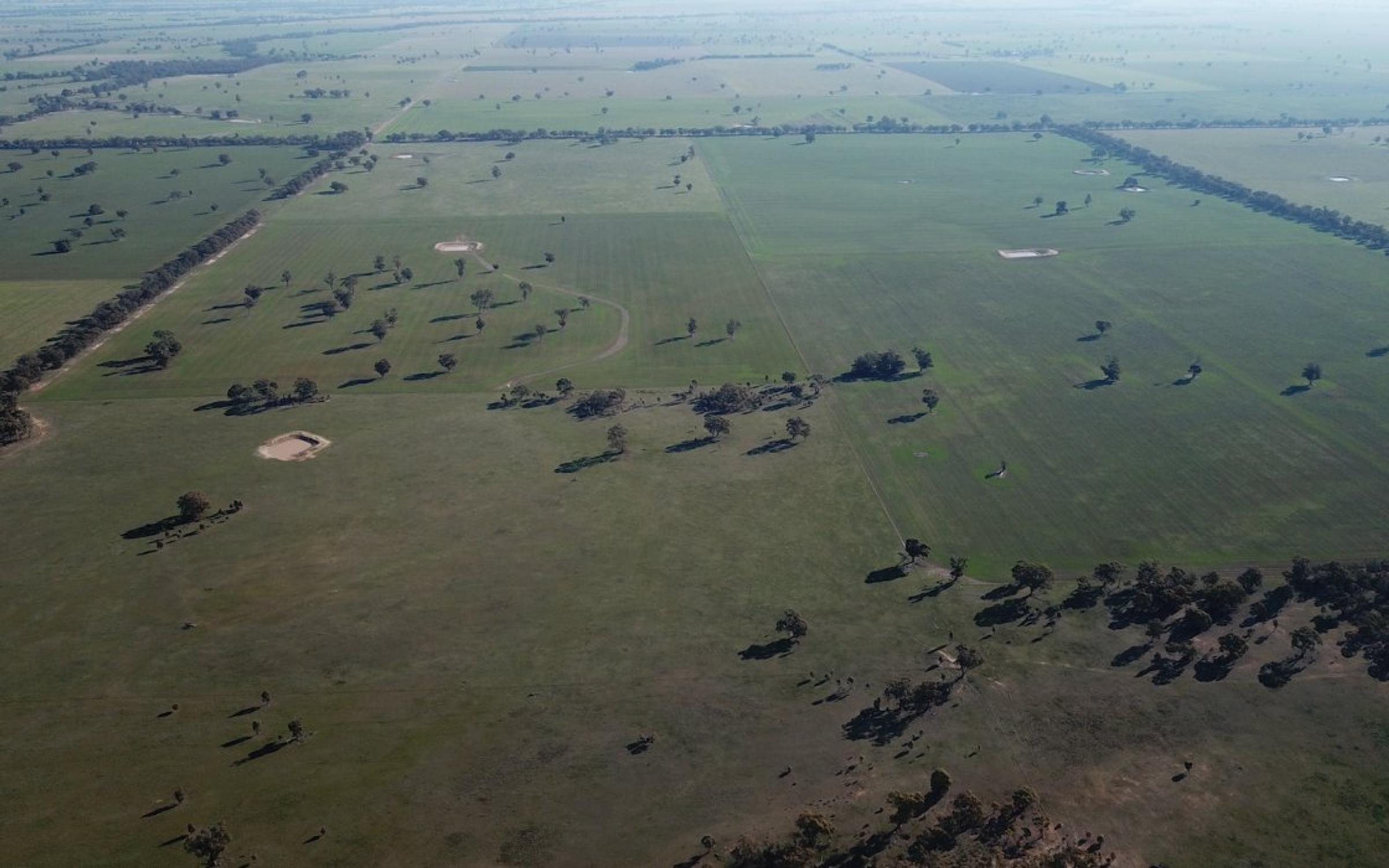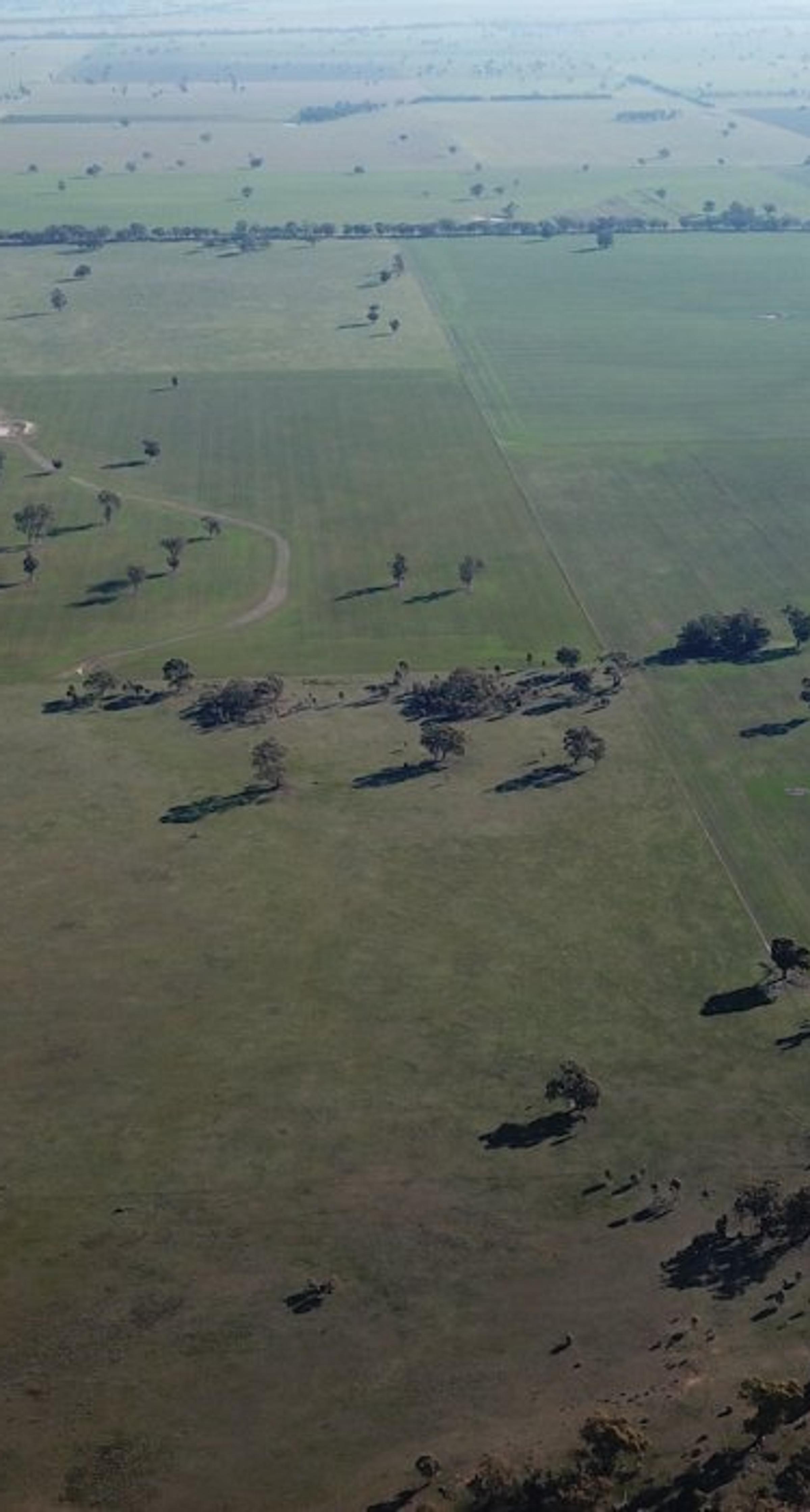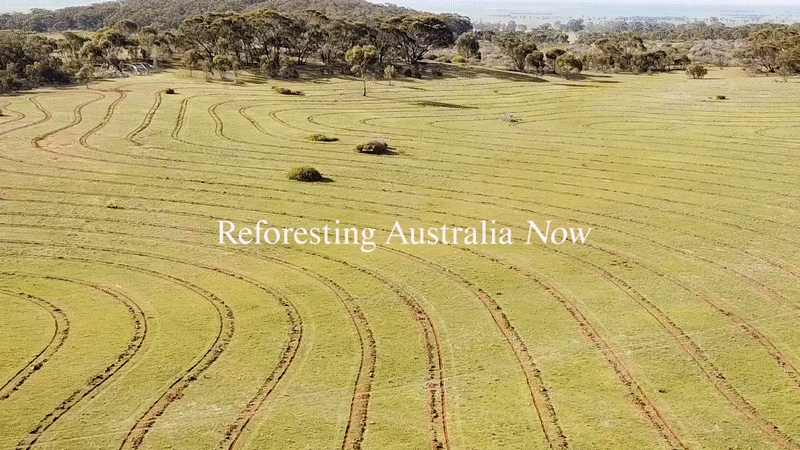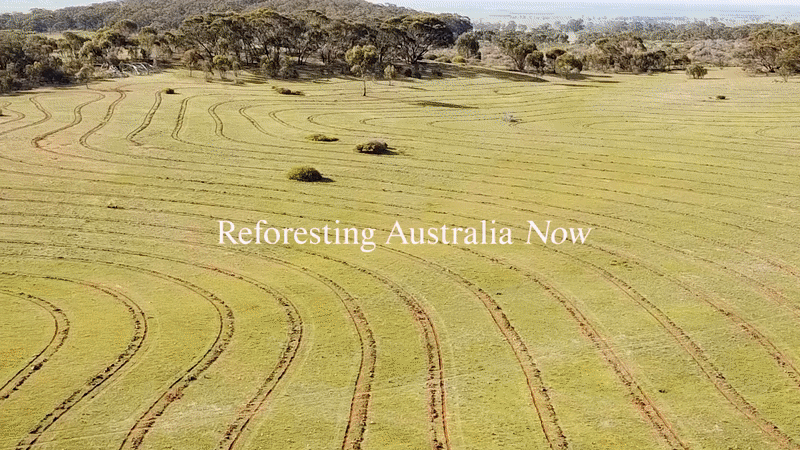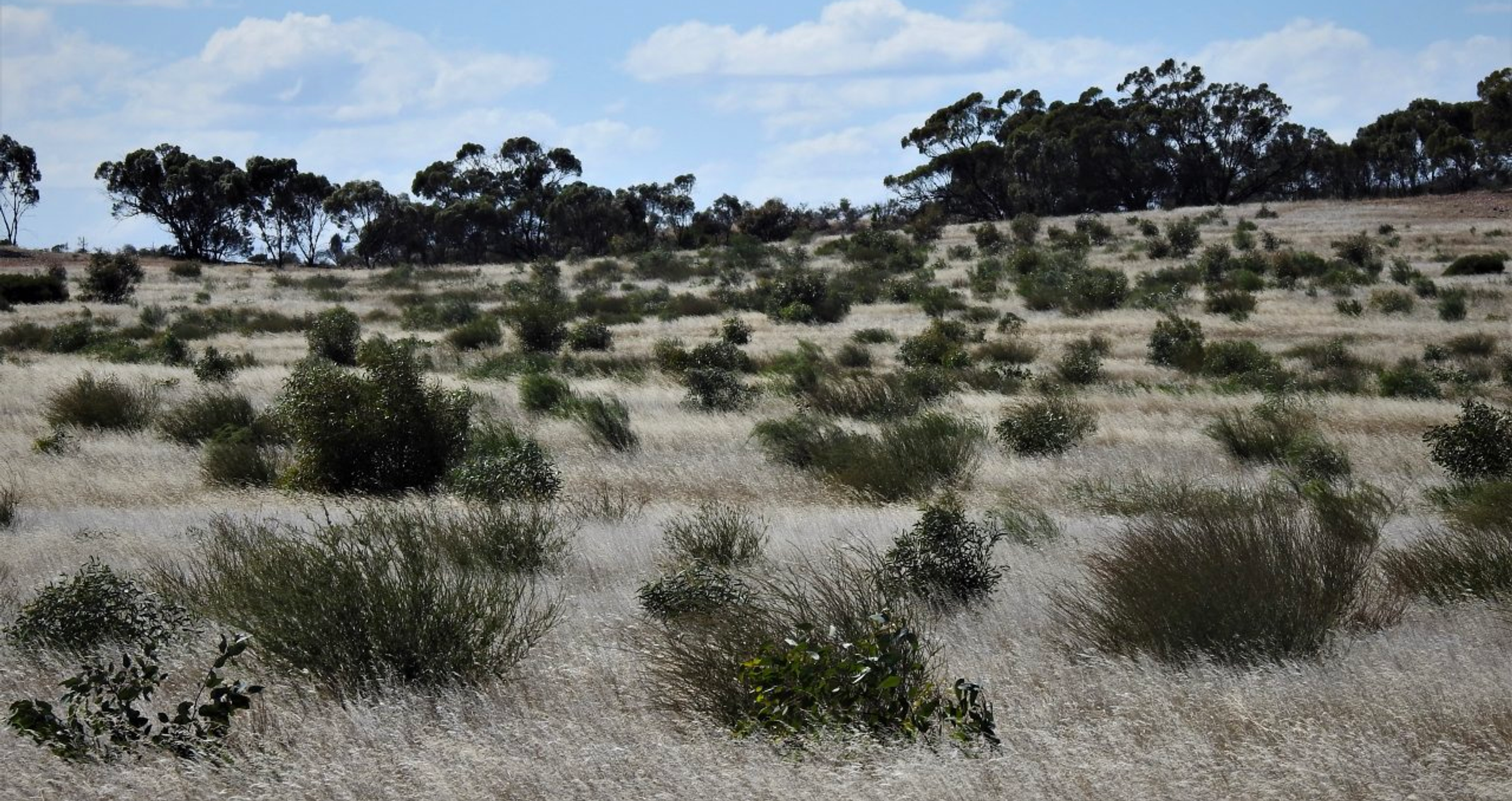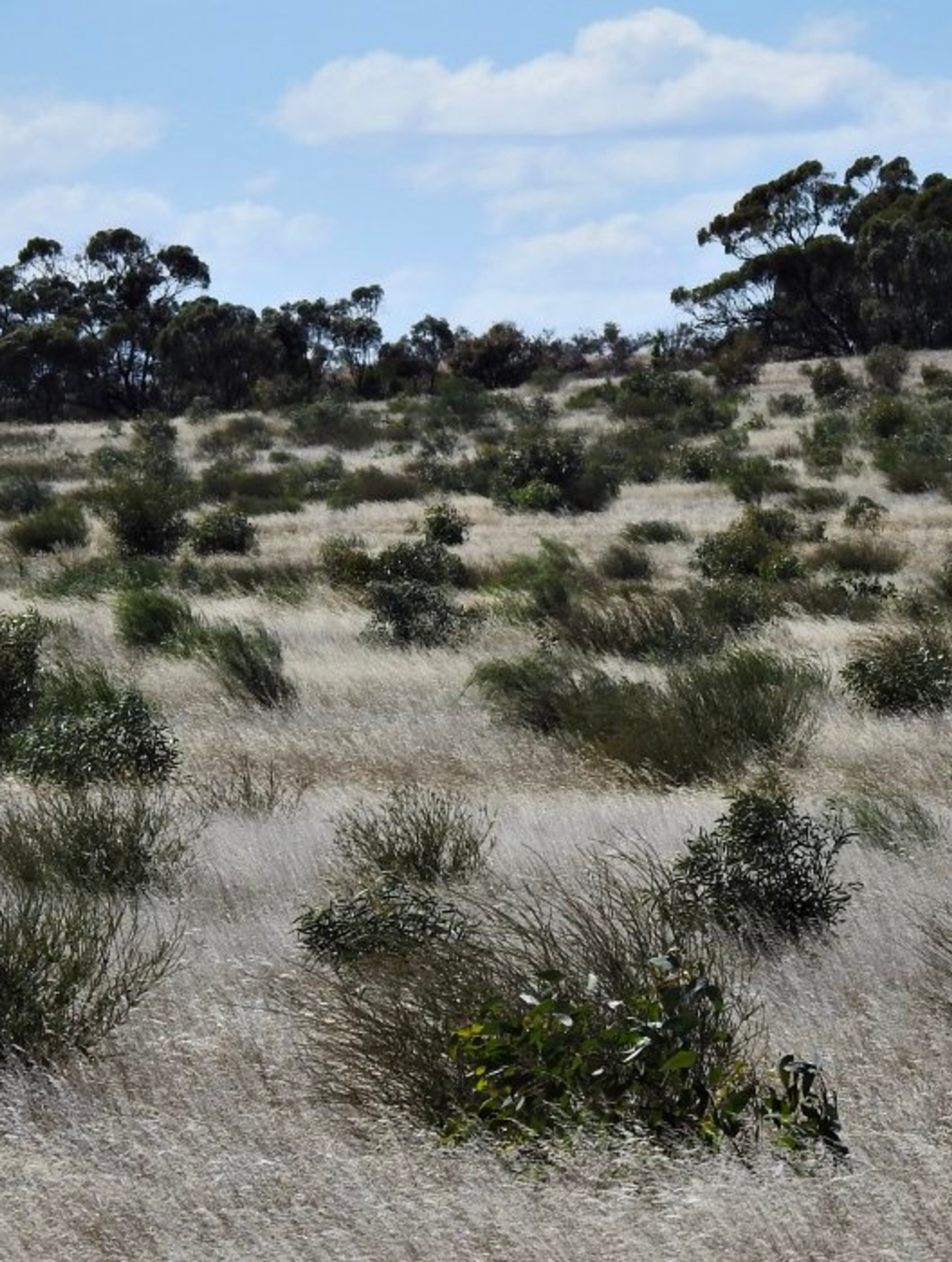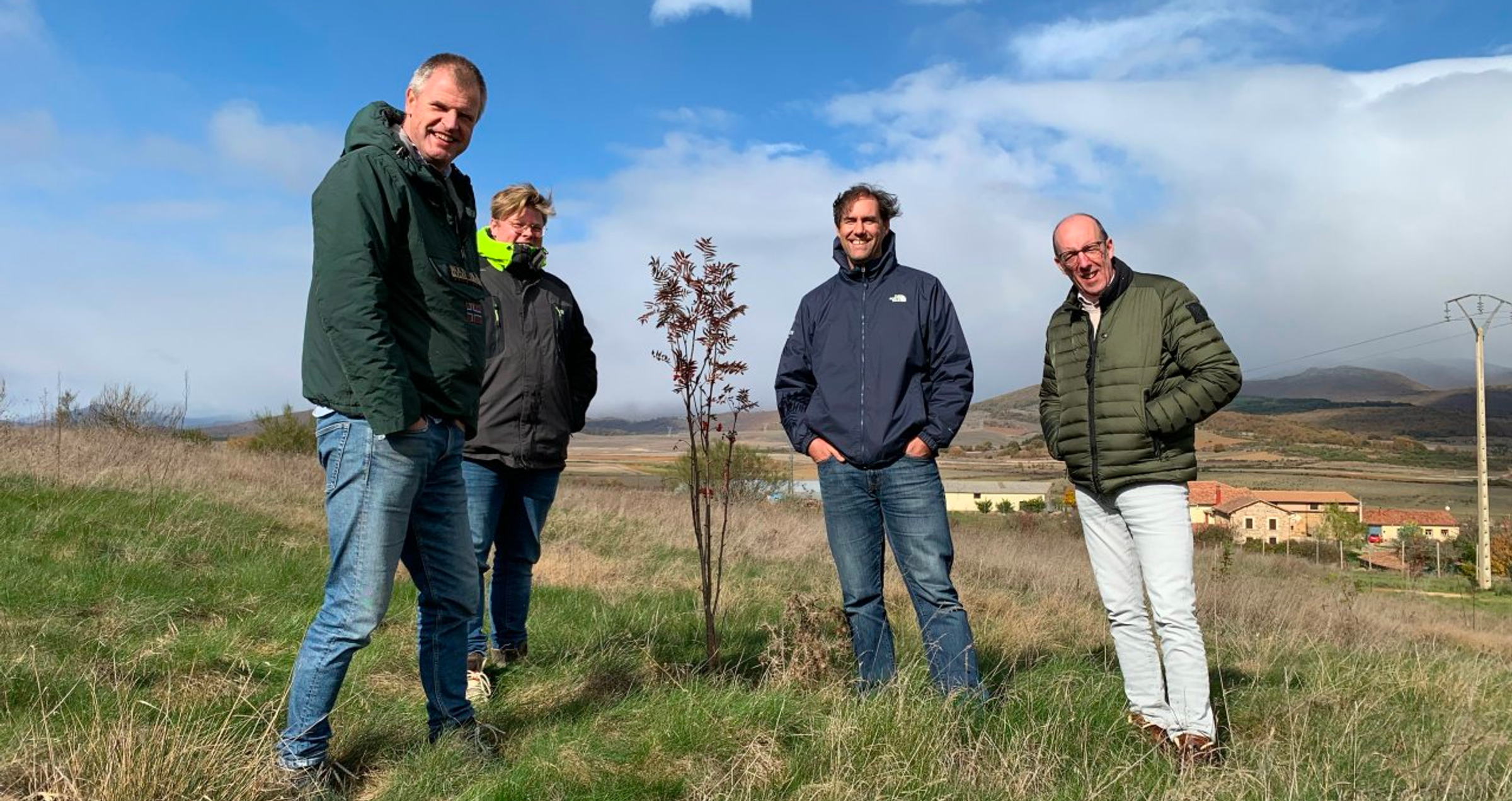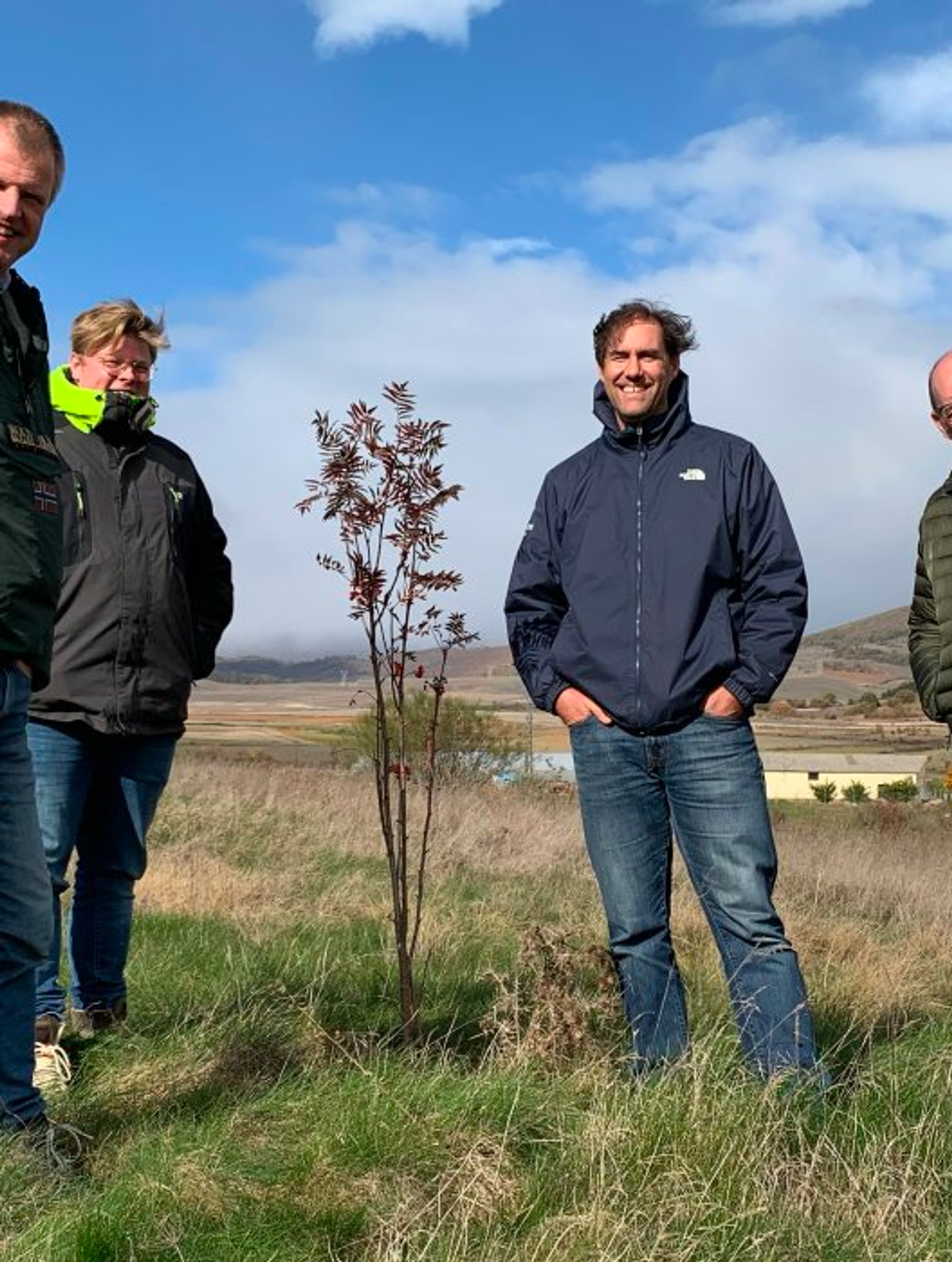Land degradation in Australia
Deforestation is an issue all over the world for a huge number of reasons. Whether human-lead, from clearing land for grazing animals and crops for agriculture, for building infrastructure or mining, or natural, such as wildfires and droughts, the result is often that the land left is degraded. In Australia, this is particularly prevalent.
Australia is a hugely diverse country land-wise with vast areas of desert (AKA the outback) in the centre, rich rainforest in the north and everything in between. The amount of luscious usable land compared to arid, dry land is pretty small.
To give perspective on the enormity of this incredible country, the Nullabor Desert is an area stretching 1,100km west to east across the border of Western Australia and South Australia.
The result of both the historical damage and ultimate degradation of land is that there are now enormous lists of endangered species and biodiversity values are declining.
This is an area categorised as arid or unusable land. Almost 90% of Australians live only 50km from the coast and only 6.55% of Australia’s land is actually arable. With enormous parts of the landscape taken up by deserts such as this, it means that usable land for agriculture in Australia is condensed into areas closer to the coast. That does not however mean these areas are small, it is just an indication of just how large this country is. The areas where the land should be thriving has been heavily degraded over the years and both biodiversity and local communities are suffering as a consequence.
What are the main causes of degraded land in Australia?
Agricultural land degradation
Australia has suffered from a lot of historical land clearing ever since colonialists first arrived in the late 1700s. The major waves of land clearing took place in the 1830s, 1890s and 1910s. The 1950s were the time of the Green Revolution, or the Third Agricultural Revolution. This was a period of technological and research initiatives aiming to increase agricultural production.
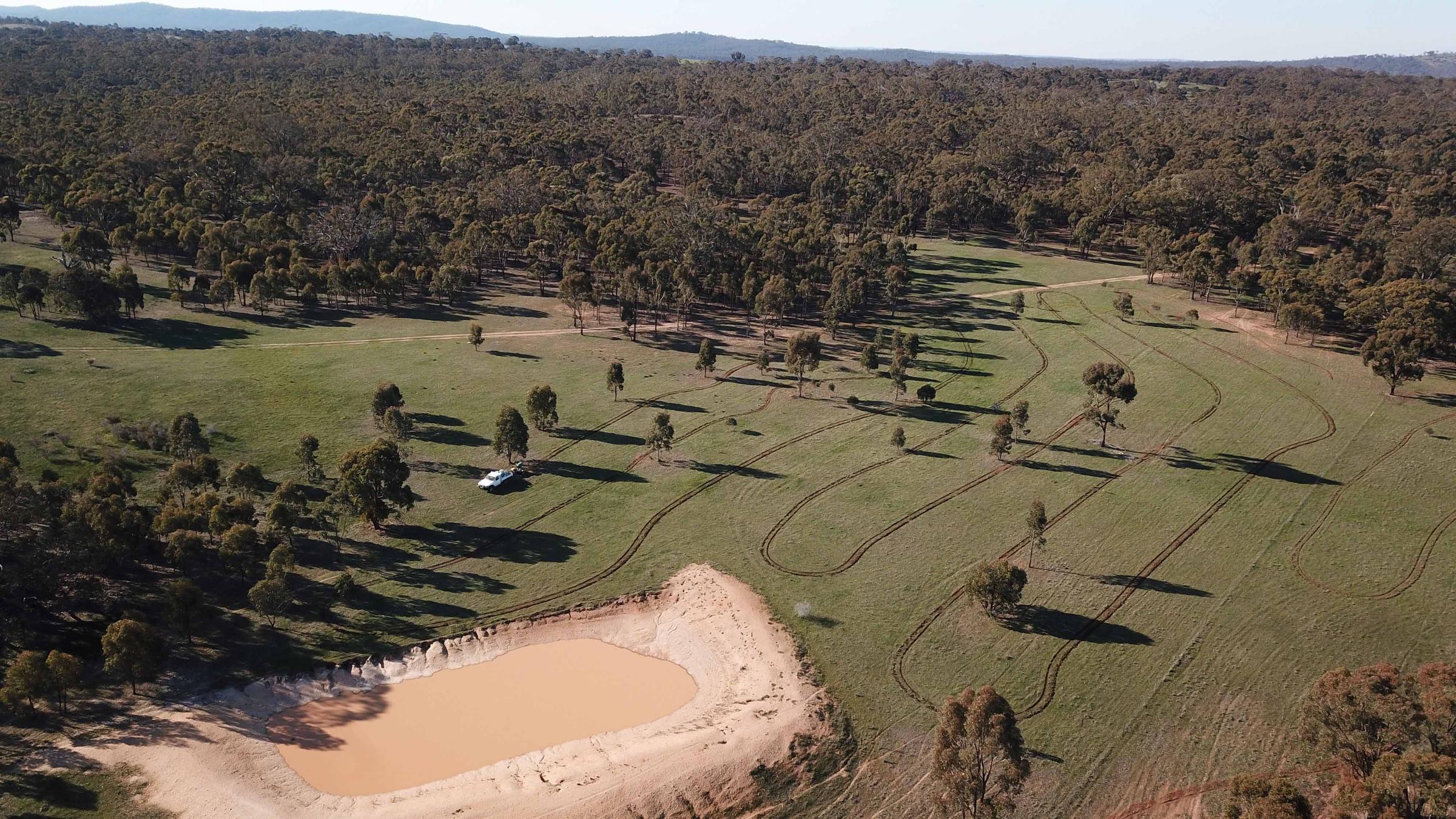
Although this period did result in more efficient food production, it also meant that a lot of land was cleared and biodiversity destroyed to accommodate cattle and grain plantings. Natural growing forests were destroyed, meaning that today, we are looking at a country that is roughly 80% cleared. This does not include the desert country in Australia.
The Gold Rush
As well as agriculture, the forested parts of Australia suffered a lot at the hands of colonisation and the gold rushes in the 1850s & 60s. These supplied funding for the entire overseas program of the British empire. For example, the entire British army in India was funded by gold from Australia. This has devastating consequences for the natural values of the Queensland and Victorian inland slopes. The situation is such that only a few types of landscape are well preserved, which is basically the leftover country that survived all that deforestation, all now in national parks.
Restoration is essential for habitats, but also for species to be able to move from region to region when certain areas are affected by heat waves or other types of extreme weather.

What all this results in is that Australia has huge areas of land that are degraded, where nature will not come back without human intervention. This has serious consequences for the biodiversity of the country. As highly productive land is also the land that is the richest in biodiversity, all the species that typically inhabit those types of landscapes suffer huge declines if this land is cleared. The result of both the historical damage and ultimate degradation of land is that there are now enormous lists of endangered species and biodiversity values are declining. This is even after the big waves of devastation have stopped and every state in Australia is affected. Essentially, we are now feeling and seeing the effects caused by that historic clearing.
Forest fires
The effects of climate change in recent years have meant bigger fires, which in turn have caused more damage to Australia’s fragile land and biodiversity. All the fragmented bits of land that are still intact are seeing species loss now due to this. If these areas cannot be restored and help increase the number of species local there will be local extinctions, regional extinctions and then total extinctions. What this signifies is that the land in Australia needs urgent attention and it needs it now.
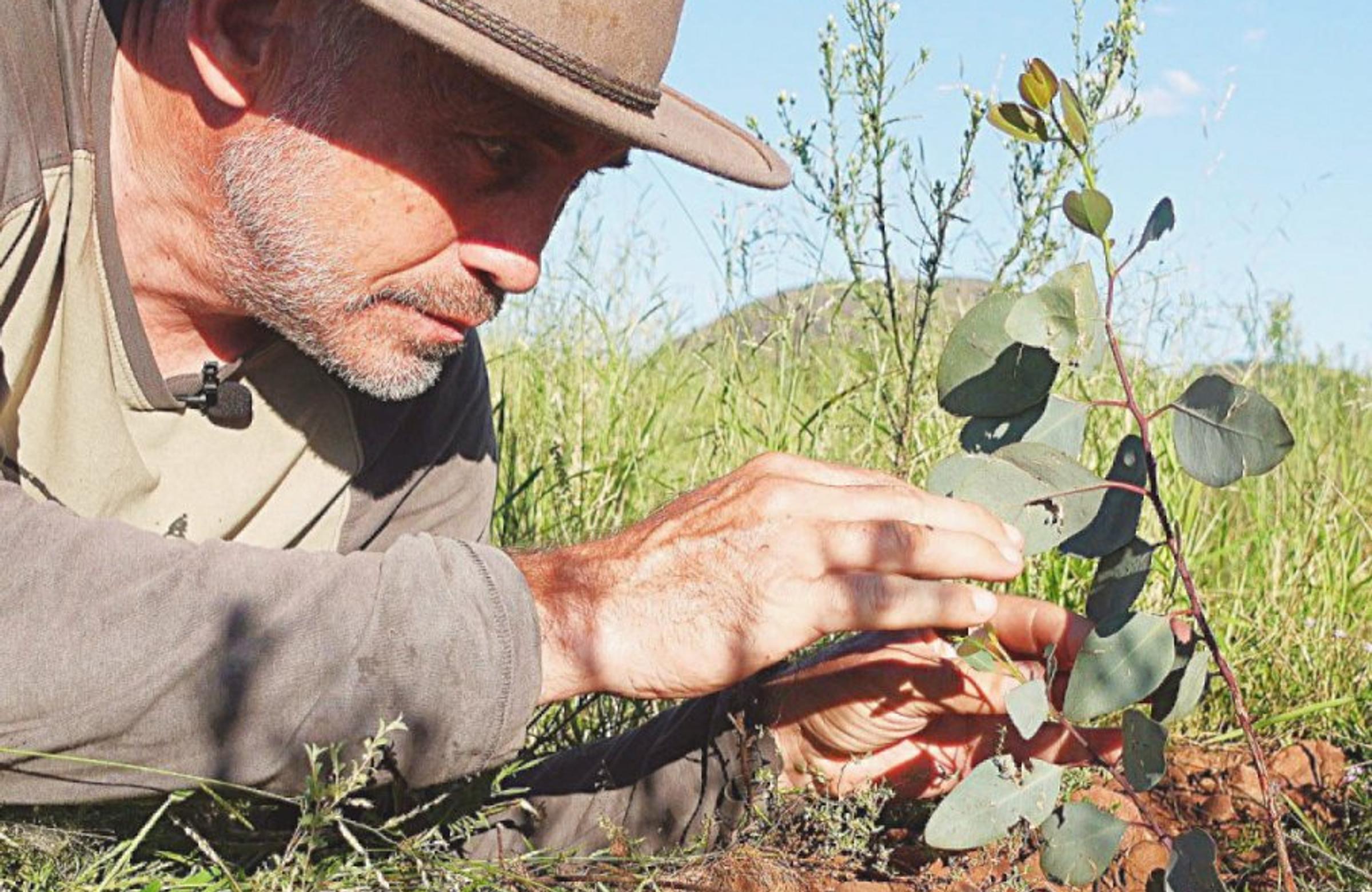
How we restore degraded land
Restoration is essential for habitats, but also for species to be able to move from region to region when certain areas are affected by heat waves or other types of extreme weather. Currently, certain species can’t move freely now as they are locked in by surrounding degraded land, so connecting these spaces through reforestation is necessary. This is the work that we at Land Life are doing in Victoria and New South Wales and hope to do more of in other regions in the future.
1 million trees planted in Australia
Since 2019, we have restored +1,500 hectares of land lost to deforestation, wildfires or over-farming in Victoria, New South Wales and South Australia.
Planting back the native bush
Land Life always selects the most effective mix of native species to maximize the project’s impact on wildlife, the air, water, soil and local communities.
Working with the local community and trusted partners
Projects are funded by our global clients and implemented by our local team. We partner with Cassinia Environmental and the University of Melbourne for delivery excellence.




